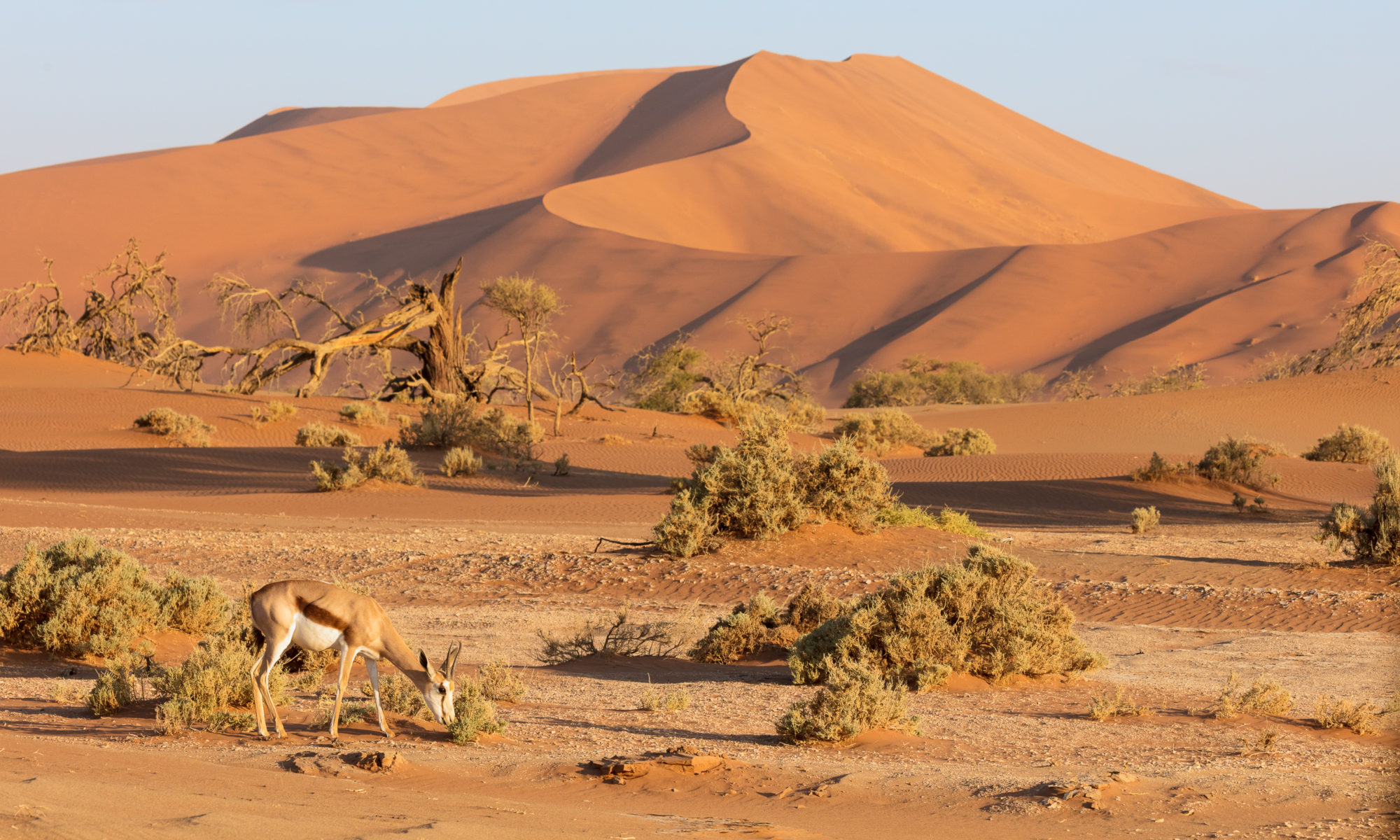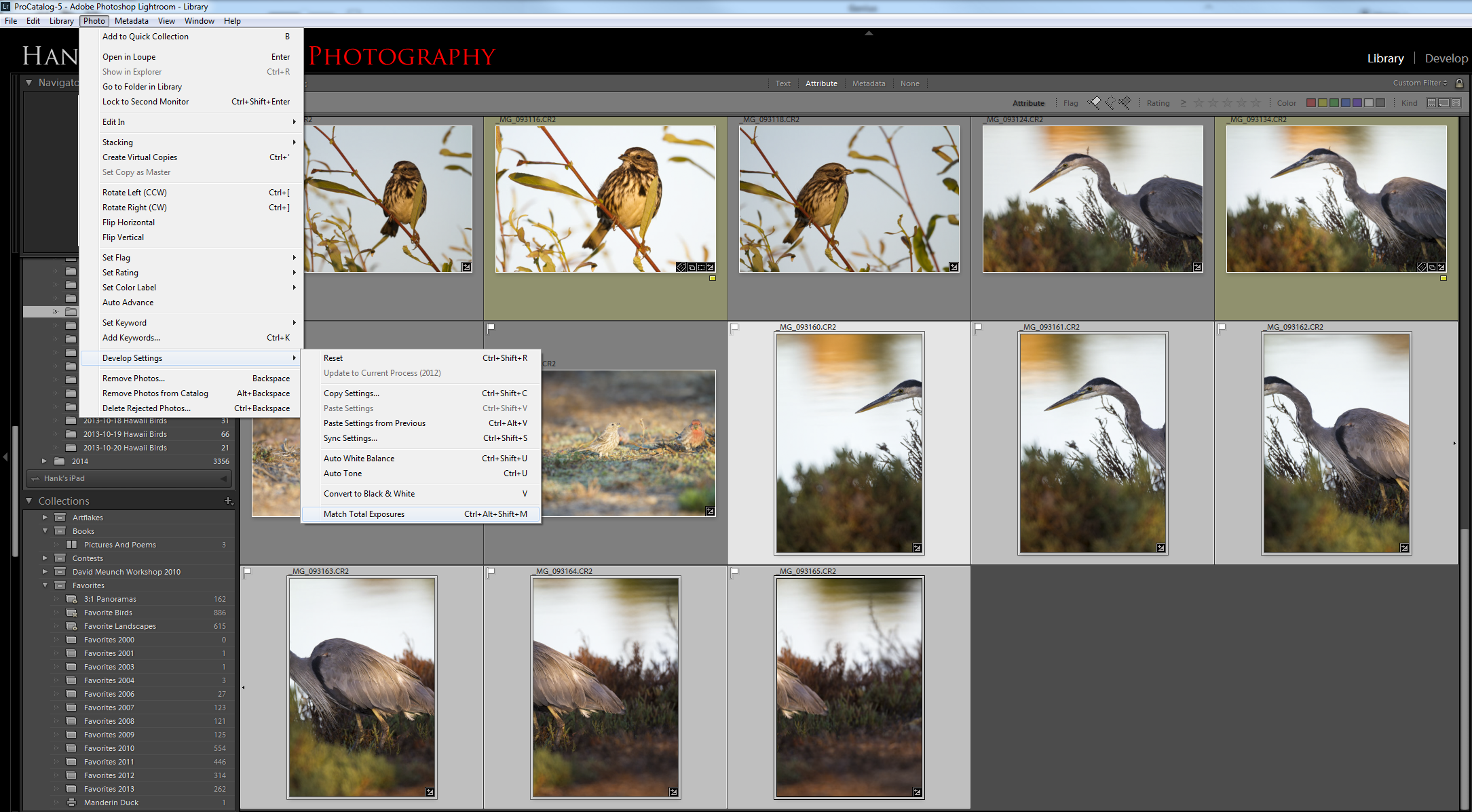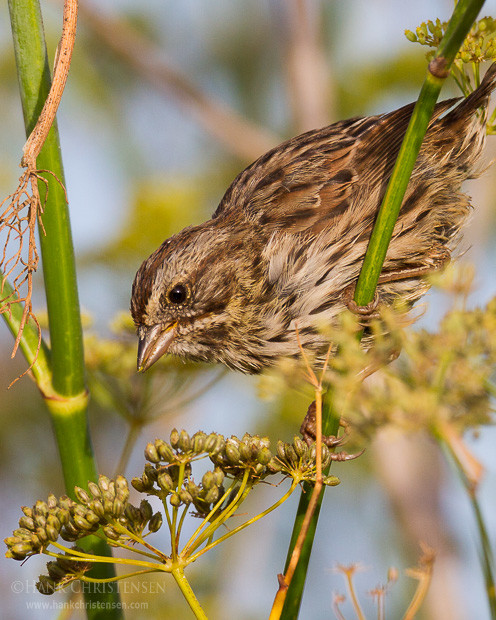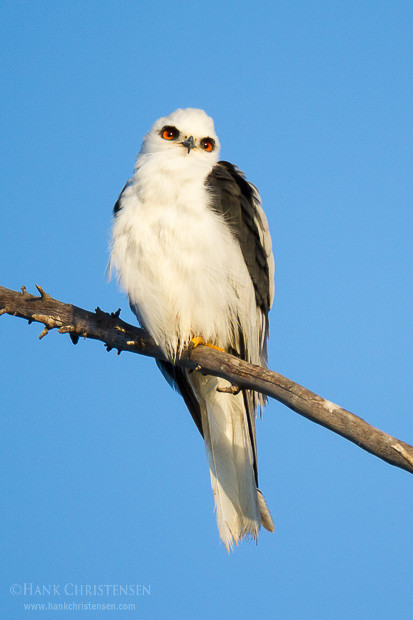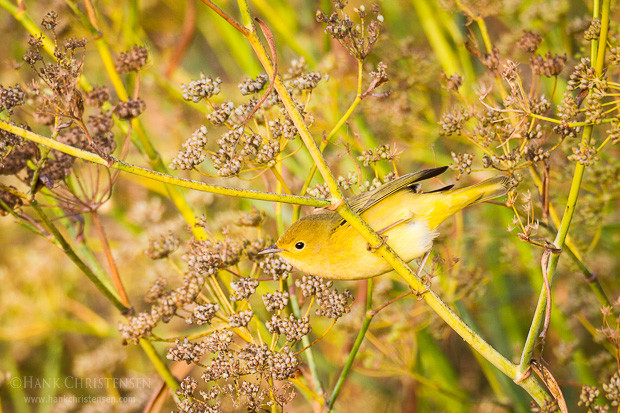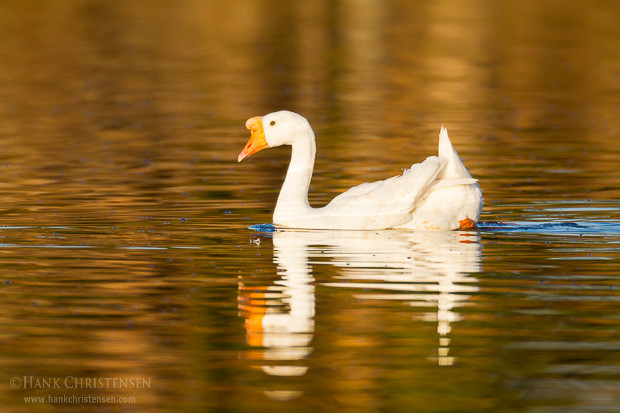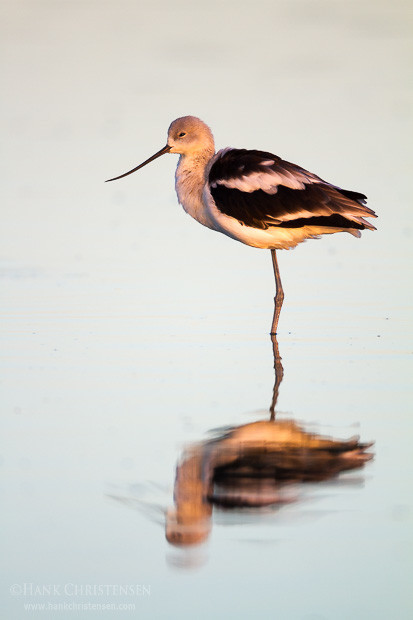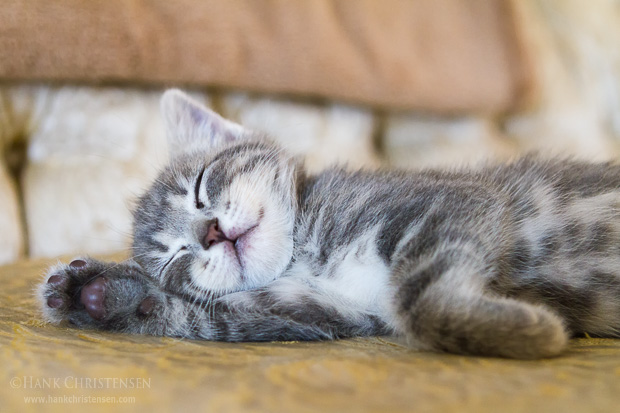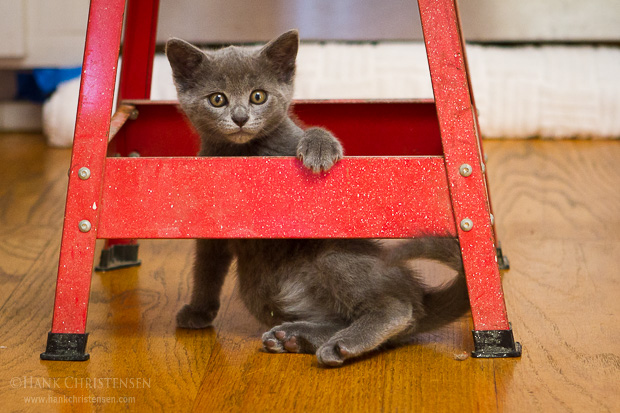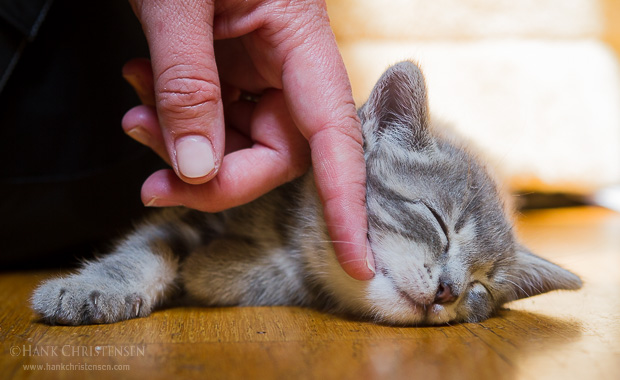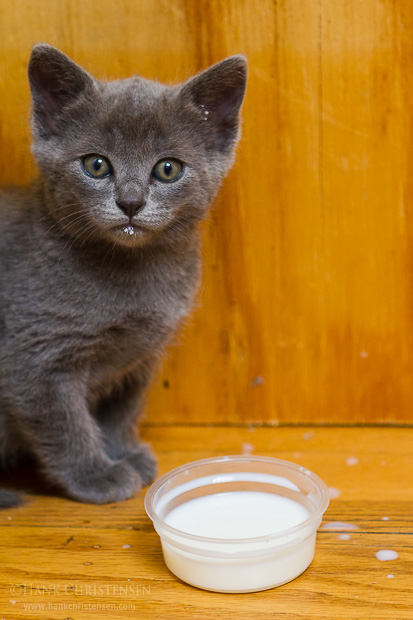As a photography blogger, I oftentimes get more caught up with the latest gear that was used to create a photo rather than the substance of the photograph itself. But when the focus shifts to meaningful subject matter and creativity, all pixel count, ISO performance, and frame rate melt into the background. Meaningful photographs can be created with almost any gear. In order to succeed here, the emphasis should be on photographer intent and how well the photographer conveys that intent.
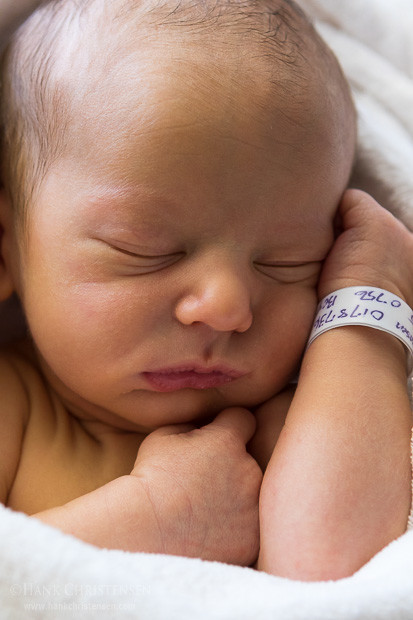
Recently I welcomed the arrival of my nephew Jake with a quick photo session when he was four days old. Due in part to the latest technology of my gear, I was able to capture high quality photographs without much disruption to little Jake or his parents. I was able to use natural light, a quiet shutter, and a fast frame rate to capture those fleeting expressions of a newborn.

When I first started photographing regularly, I thought of myself as an explorer, both of the technology I was using and of the world around me. Seeing through a variety of lenses provides many different perspectives of the world, and being able to record those perspectives provides avenues of endless creativity and communication. I first had to master my tools before I could really concentrate on the art. As I improve (I like to always think of myself as improving!) I find myself thinking more about the meaning behind the pictures I am creating, and what I am trying to communicate to the viewer.

Don’t get me wrong, when taking these photos of baby Jake I was using many techniques I’ve learned over the years. But much more important than how I achieved the photos are the photos themselves. These photos will serve both as a keepsake for family members, and as a lasting record of Jake as he appeared as a newborn. I’m sure there will be tens of thousands of photos taken of Jake in his lifetime. Most will become a visual record of his life, but it is those most meaningful photos that will have lasting impact to those who love him.
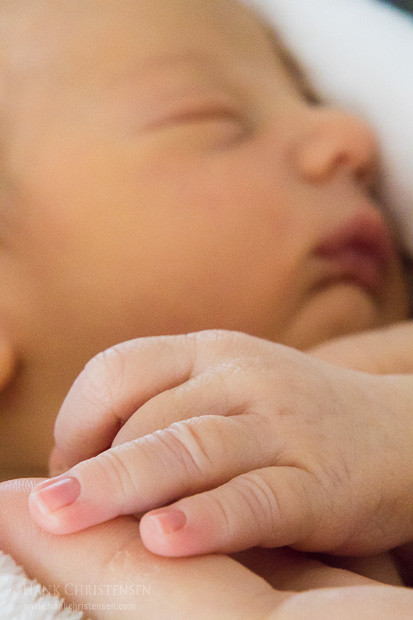
The next time you are out shooting, whether you are capturing a beautiful sunset, a wild creature, or a portrait of a loved one, think about the message you are trying to convey in your image. If your answer is “I am creating a beautiful scenic”, that is a great answer. But over time, you might find a deeper message creeping into your work. I know I keep striving to find my meaning and connect with the viewers of my photographs.
